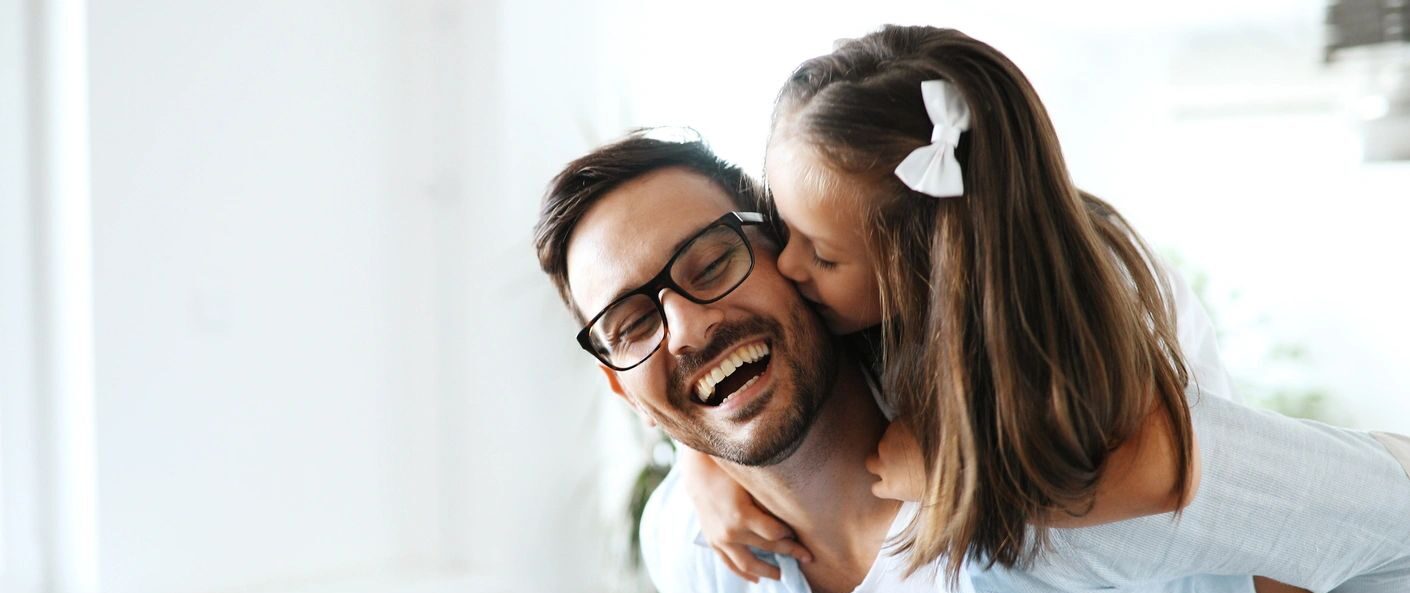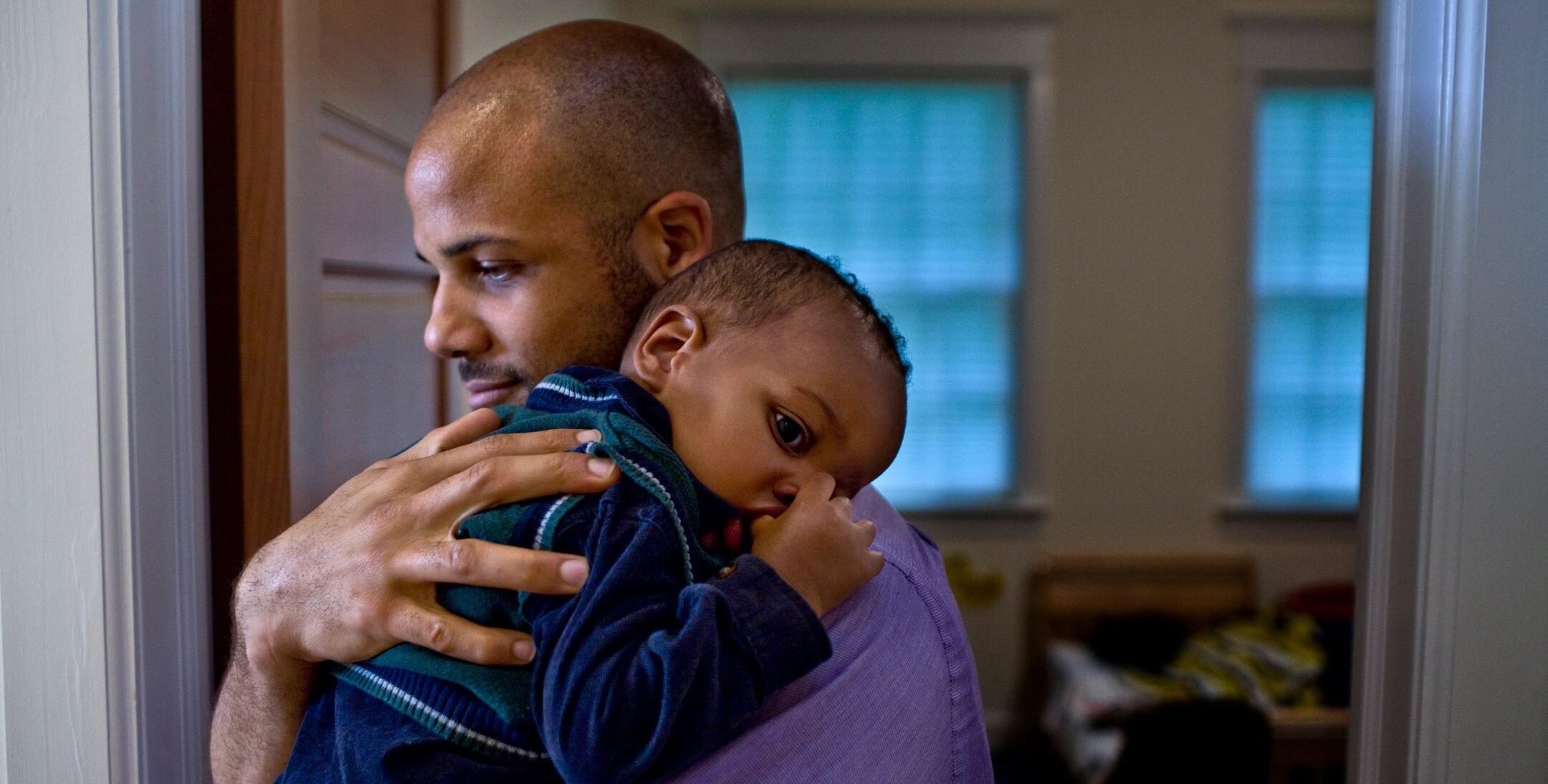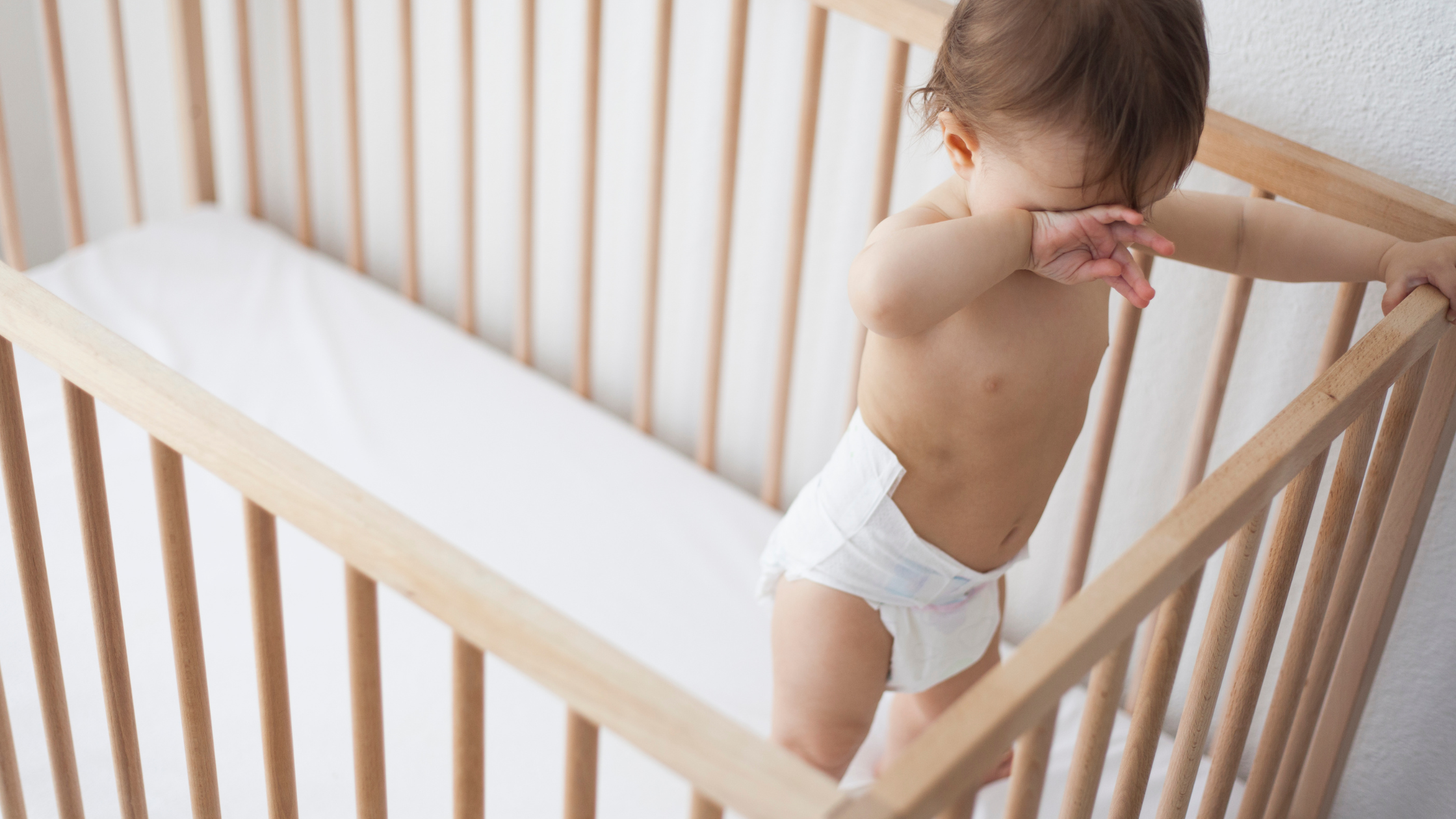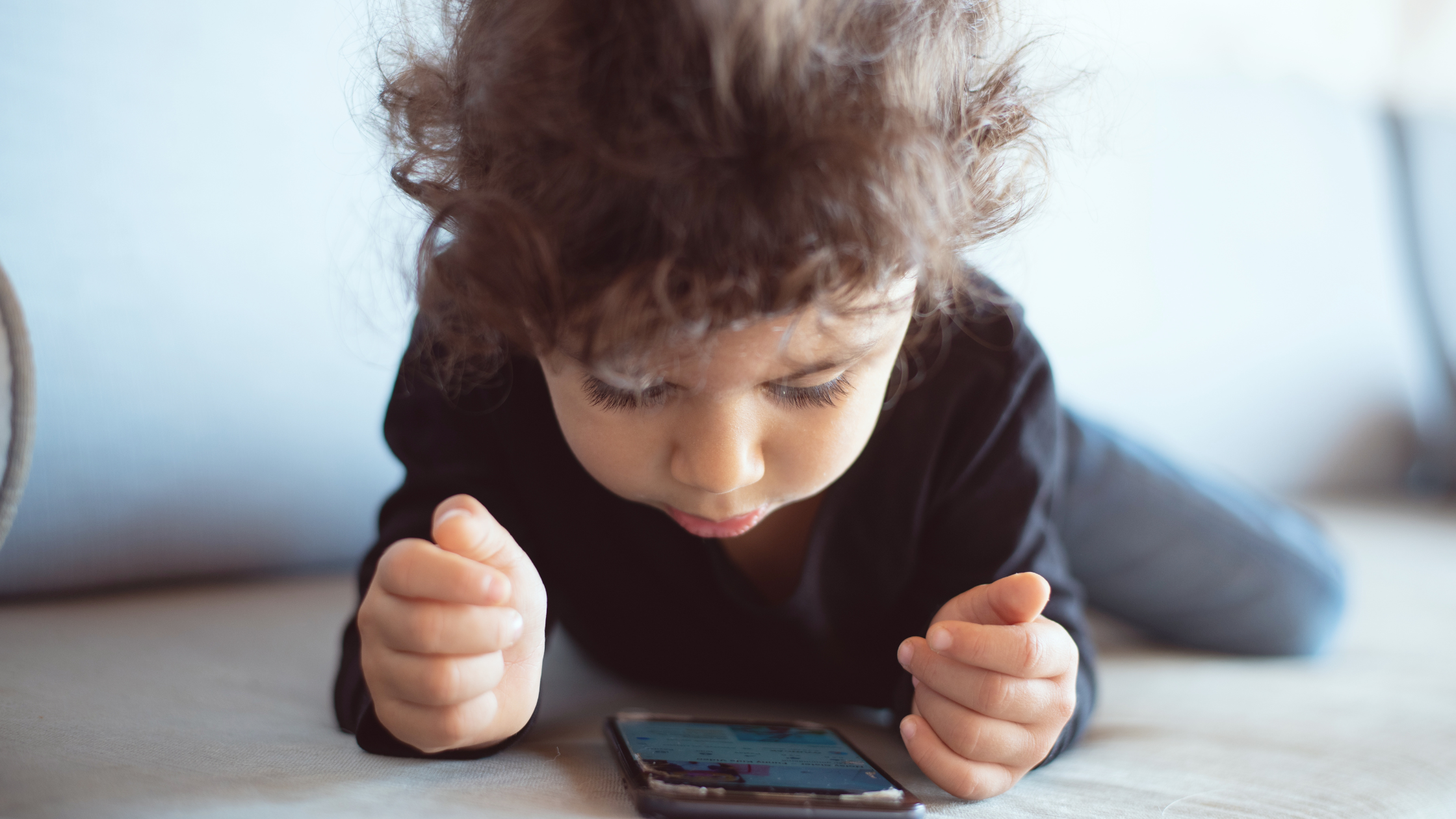Starting daycare can be a stressful time, for both babies and parents alike. Some babies will adapt quickly, while others will cry every morning for many weeks. Does starting daycare have any impact on a child’s brain? It can. This is especially true in children younger than 36 months (3 years of age). This is why research recommends that the best time for a child to begin daycare or preschool is 3 years of age. Elevated cortisol levels in children that occur frequently can alter the brain’s architecture. However, the reality is that most parents must place their children in daycare much earlier than at 3 years of age. For this reason, I have included 3 important tips to help make your child’s daycare integration a smooth one.
First, a little science on stress and the brain.
Researchers measure stress in children by collecting samples of saliva since the stress hormone named cortisol (a glucocorticoid hormone) is found in saliva. When it comes to stress in children, we can’t rely on behaviour alone since some children will internalize stress.
“THE IMPORTANCE OF BONDING: Building a strong attachment with your child BEFORE they start daycare can help reduce their stress when they begin. You can bond by doing skin-to-skin, holding them or giving baby massages. ”
Levels of cortisol naturally fluctuate throughout a 24-hour day. Cortisol levels are highest in the morning when we wake up and are the lowest in the evening (the spike helps you wake up and the decrease allows you to fall asleep). This is the rhythm our body develops as of childhood. If a child is introduced to high levels of stress throughout the day, it will influence the fluctuation of their natural cortisol levels. This is what can be damaging in the long run. Internal or external stresses will cause a child’s brain to activate the HPA axis (Hypothalamic-Pituitary-Adrenocortical), which is involved in regulating stress and emotions. When there is a stressful event, the HPA increases levels of cortisol. The HPA axis is closely linked to the hippocampus, which is the part of the brain involved in learning and memory. Chronic and severe (due to emotional neglect, abuse, witnessing violence) levels of stress can actually alter the hippocampus, thus causing memory issues.
In daycare settings, studies have repeatedly shown that cortisol levels are higher in children who spend the day in daycare compared to being at home. Not only because they are separated from their parents for such long periods of time (if possible try to reduce the number of hours a child under 3 spends at daycare), but because being in peer groups at such a young age is actually very demanding on them due to frequent emotional arousal in their environment (other kids yelling, lots of movement and noise etc). The key to reducing stress in daycare is the bond your child will create with their caregiver. The stronger this attachment or bond is with their caregiver, the more it will help your child reduce their levels of stress.
3 tips that will help your child during their transition into daycare and lower their stress levels.
1. Implement a very slow integration.
Researchers split the “start” of daycare into “adaptation phase” and “separation phase”. The adaptation phase is when an infant starts daycare with the presence of their parent. Bringing on a new environment and a new caregiver causes elevated levels of stress for the infant. They learned that 1) the stronger the bond between mother and child (i.e. the more secure they are with their mother) before the start of daycare, the lower the levels of cortisol when they begin daycare and 2) the longer the mother stayed in the adaptation phase for integration into daycare, the better the attachment become with their mother (Ahnert et al. 2004).
2. Choose a high-quality daycare.
-
Low child/caregiver ratio. According to research, the best child to caregiver ratio is 4:1 (For every adult there are 4 children). Also, the number of children in a group should be no more than 8. The more children there are the higher the noise level and this can be overstimulating for children. Also, a higher the chord to caregiver ratio means that the child will have a greater difficulty building an attachment to them. If possible, try to select a daycare that minimizes the number of children in a group (Geoffrey et al. 2006).
-
Low staff turnover. Your child should develop a strong bond (secure attachment) with their caregiver. When a child is younger than 3, it is important for them not to have multiple caregivers as this means they might have difficulty creating an attachment with them. If your daycare has a high staff turnover or multiple caregivers for your child, this may increase their stress. High quality home daycares can be great since your child will one caregiver for many years.
-
A sensitive and caring caregiver. Research has shown that if a child establishes a secure attachment to their caregiver (other than their parent), then this caregiver can help the child effectively diminish stress levels in a time of stress. In order for this to happen, caregivers must provide sensitive, responsive caregiving.
3. Increase bonding time with your child.
If your child begins to exhibit different behaviour either at home (more crying during the time their are with you, wanting to be in your arms more often, changed eating habits, changed sleeping habits etc) or at daycare, then they might be feeling more stressed. Spend more time with them when you are at home. Increase cuddling time with them. Try doing some baby massages if they are young and increase skin to skin time through this activity (which in turn helps build a stronger attachment). Contrary to popular belief, holding your baby and spending time with your child is not “babying” your child. The stronger the attachment your child has with you the more comfortable they will feel when you are not around. (Stay tuned for an article on attachment, make sure you subscribe to our newsletter not to miss it!).
Will your child start daycare soon? Take a breath. Everything will be ok. Adaptation to daycare takes time. Some research suggests as long as 6 months. Provide lots of emotional support for your child and your guidance will help them through this change.














<p>Glad you liked it!</p>
<p>Hi! This article summaries the research around it https://www.psychologytoday.com/ca/blog/going-beyond-intelligence/201702/preschool-nanny-parental-care-daycare-what-s-best</p>
<p>So sorry for the delay in my response. I personally don't agree with this and feel that daycares need to change this way of working. What should be done is a slow integration with you there as well to help your child build a relationship with their caregiver. That being said, you could also give it a few more days to see how your child responds but go with your gut.</p>